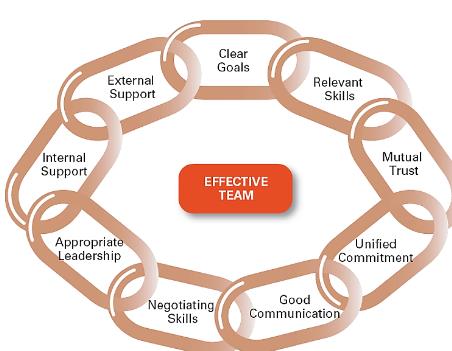What Are Short Term and Long Term Goals?
In the journey toward personal and professional success, understanding the difference between short term and long term goals is crucial. Each type of goal plays a unique role in driving progress and facilitating achievements. Here, we explore the definitions, benefits, and examples of both short term and long term goals, providing a clear framework for how they can be effectively utilized.

Short Term Goals: Immediate Targets for Quick Wins
Short term goals are objectives set to be achieved in the near future, typically within a timeframe from a few days up to a year. These goals are direct and focused, often serving as stepping stones toward broader, more ambitious long term goals.
Characteristics of Short Term Goals:
- Time Frame: Usually under a year.
- Specificity: Highly specific with a clear definition of what constitutes success.
- Immediate Impact: Designed for quick completion to gain momentum.
Benefits of Short Term Goals:
- Enhanced Productivity: Research indicates that setting short term goals can boost productivity by up to 30%, as they provide clear deadlines and immediate rewards (Source: University of Pennsylvania).
- Flexibility: Short term goals allow for adjustments based on feedback and changing circumstances, enabling more responsive and adaptive strategies.
- Motivation: Achieving these goals provides frequent confirmation of progress, keeping motivation high.
Examples of Short Term Goals:
- Increase weekly sales by 20%.
- Complete a project phase by the next quarter.
- Reduce monthly expenses by 10% within three months.
Long Term Goals: Visionary Objectives for Sustained Success
Long term goals are set with a broader perspective and an extended timeline, typically spanning several years to a decade or even longer. These goals embody the overarching aspirations of an individual or organization and require ongoing commitment and perseverance.
Characteristics of Long Term Goals:
- Time Frame: Several years to decades.
- Complexity: Involve multiple steps, stages, or milestones.
- Strategic Importance: Critical for long-term success and fulfillment.
Benefits of Long Term Goals:
- Directional Guidance: They provide a clear and enduring focus, helping to align shorter-term efforts with long-term objectives.
- Long-Term Motivation: By setting sights on significant achievements, long term goals foster a sense of purpose and drive (Source: Harvard Business School).
- Big Picture Planning: Encourages strategic planning and the development of skills and resources necessary to achieve major life or business milestones.
Examples of Long Term Goals:
- Achieve financial independence by age 50.
- Expand business operations internationally over the next 10 years.
- Master a new language fluently within five years.
Integrating Short Term and Long Term Goals for Maximum Effectiveness
For optimal success, it's essential to balance both short term and long term goals. Short term goals provide immediate accomplishments and feedback, while long term goals ensure sustained progress toward significant achievements. Effective integration of both sets of goals involves regular review and adjustment to ensure alignment and adaptability.
Why What Are Short Term and Long Term Goals Matter
In conclusion, both short term and long term goals are essential in the strategic planning process. They serve different but complementary purposes: short term goals drive immediate progress and adaptability, while long term goals provide a roadmap for significant achievements and long-lasting success. Understanding and effectively setting both types of goals enable individuals and organizations to navigate both current challenges and future opportunities successfully.